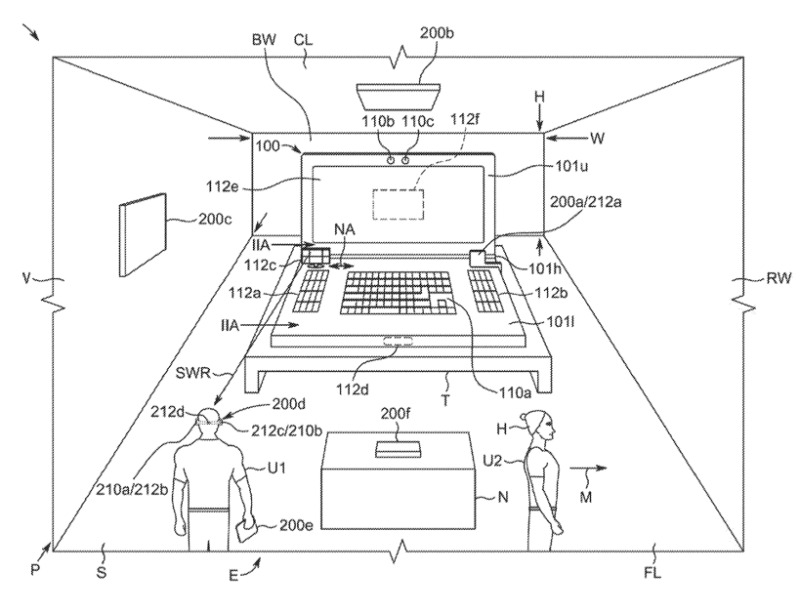Future MacBook Pro designs may leverage HomePod technology to sense the wearer's environment and adjust playback to enhance audio.
When you setup or move a HomePod, it automatically scans the room it's in, looking for certain things. The most obvious thing is a second HomePod, and the two will then act in concert. However, it's also adjusting its audio output depending on the size of the room, the proximity of a wall, and so on.
It does this so that it knows to adjust those of its speakers whose output will be bounced back off the wall. It does this to adjust the volume and the stereo spread of a signal. And it's these features that Apple appears to be considering for future MacBook Pro models.
"Enhancing a Listening Experience by Adjusting Physical Attributes of an Audio Playback System Based on Detected Environmental Attributes of the System's Environment," is a surprisingly short patent application given the length of that title. In its approximately 12,000 words, Apple doesn't specify either HomePods or MacBook Pro designs.
It speaks instead of as broad a range of devices as possible, but its chief examples and all drawings are of a "laptop or notebook personal computing device [which] may include a 'clamshell' form factor."
The reference to a "clamshell" design is significant because Apple's patent application posits that the way a laptop's "hinge housing may provide support... such that one or more surfaces... may also be operative as a sound wave reflecting subassembly for reflecting sound waves emitted."
A pair of "sound wave emitting subassembly output component[s]" would form part of the sensing equipment. "Camera input... may be operative to detect any suitable environmental attributes of environment, such as the geometry (e.g., size and/or shape) of space S of environment E (e.g., height H, width W, and/or depth P), the location and/or orientation of user[s]."
So as you open the lid of your future MacBook Pro, its speakers could emit HomePod-style sound beams, and sensors could infer how big the space is. Apple's patent application concentrates more on this process than on what it could be used for, but it does say it's for "adjusting physical attributes of an audio playback system."
That could mean raising the volume because you appear to be outside, for instance.
The patent application is credited to two inventors, Ivan S. Maric, and the prolific Paul X. Wang. While Wang has very many prior patents with Apple, though, this is the first to do with audio on its own.
Wang's most recent work has been in designing smart gloves for controlling a future Mac. And on fingertip and face-mapping tools for Apple AR.
Stay on top of all Apple news right from your HomePod or HomePod mini. Say, "Hey, Siri, play AppleInsider Daily," and you'll get a fast update direct from the AppleInsider team.
 William Gallagher
William Gallagher









 Charles Martin
Charles Martin
 Christine McKee
Christine McKee
 Wesley Hilliard
Wesley Hilliard
 Malcolm Owen
Malcolm Owen
 Andrew Orr
Andrew Orr

 Sponsored Content
Sponsored Content








1 Comment
“ Possibly not to scale.”